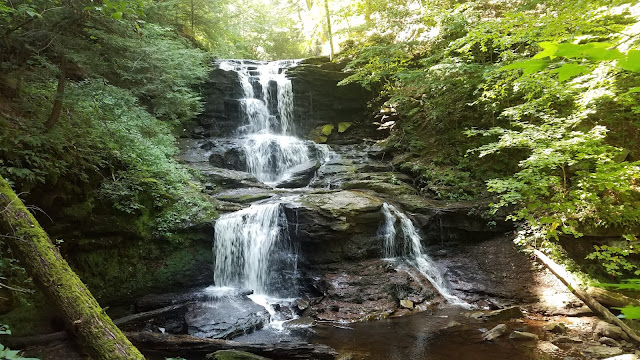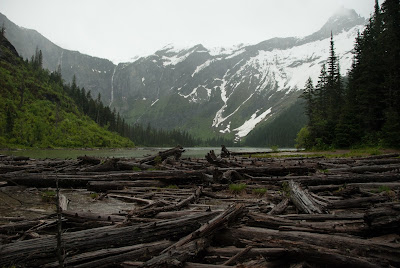This is a post we originally did for Seneca Creek, and are now posting here as well. Enjoy.
Stimulator
Stimulators are an awesome dry fly for imitating the “big bugs” on the water. When stoneflies are on the surface, this is a very effective pattern. It can be fished for most of the spring and summer. It has a strong presence on the water and can be fished in whatever color that matches the bugs on your stream. Since they are large bugs they provide a lot of surface tension and can float under pressure. Because of this, stimulators can be used as indicators in hopper dropper rigs. They are easy to tie, and very easy to see on the water.
Elk Hair Caddis
The elk hair caddis is a great pattern for any common caddis
hatch. It fishes well in fast moving water as well as the slower moving pools.
It has a long lasting float life especially when floatant is applied. The elk
hair caddis is a very effective fly in the sense that it is versatile. If
needed, it can be fished in small sizes and fool fish into taking it during
mayfly hatches as well.
Frenchie Nymph
The frenchie is a great go to nymph pattern. It is very
generic, and can be fished 365 days of the year. An advantage of the frenchie
is it doesn’t just imitate one particular nymph. If you are fishing new water
without knowledge of the biomass, this a pattern you can fish with confidence
knowing that it has a great chance of fooling a fish. It can be tied in many
different colors and variations, between how you weight it with either lead or
bead head, the ribbing, and the hot spot collar.
Stonefly Nymph
The stonefly is a very important bug and often signifies a
healthy stream. It can be tied in many different colors depending on the type
of stoneflies in your stream. Even in streams without a population of
stoneflies, they can often be fished with great success due to simply how buggy
they look. Fish will almost always readily take a stonefly.
Pocket Rocket – Sculpin Streamer
Most streams have a population of baitfish, sculpins, or
both. Streamers are meant to imitate these. Sculpins offer a large intake of
calories (energy) at once, where as a nymph provides only a fraction of the
amount. This is both an attraction for large, and smaller fish. We have to
remember though, it requires energy to obtain energy. A fish expends very
little effort into swaying in the current gobbling nymphs all day. Chasing down
and successfully eating a sculpin is a much higher risk of energy loss. So of
course there are peak times to fish a streamer.
Early in the morning when still dark, or when the water is off colored
from a recent rain. Fish will be on the prowl at these times because they will
feel secure in the cover of darkness and will be able to hunt with better
stealth. Streamer fishing is exhilarating, the takes are aggressive and you
will feel the strength of the fish smash into your streamer.
 |
| Tying tutorial for the Pocket Rocket can be found here |
What it all comes down to in the end is how buggy your fly
looks, and how well it is presented. If you can combine these two aspects and
truly implement them into your fishing, you’ll have many successful days on the
stream to come.









































































































